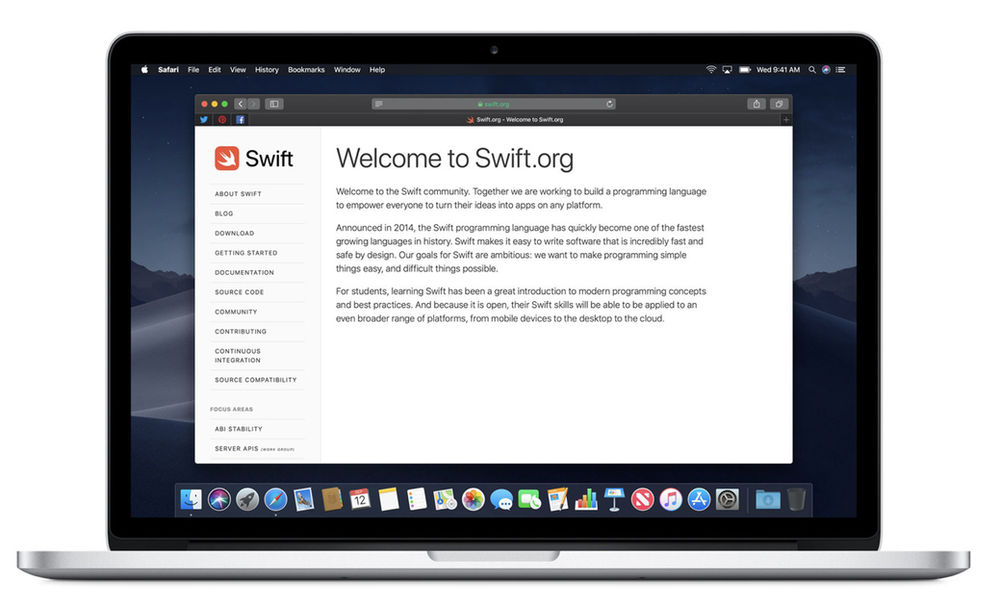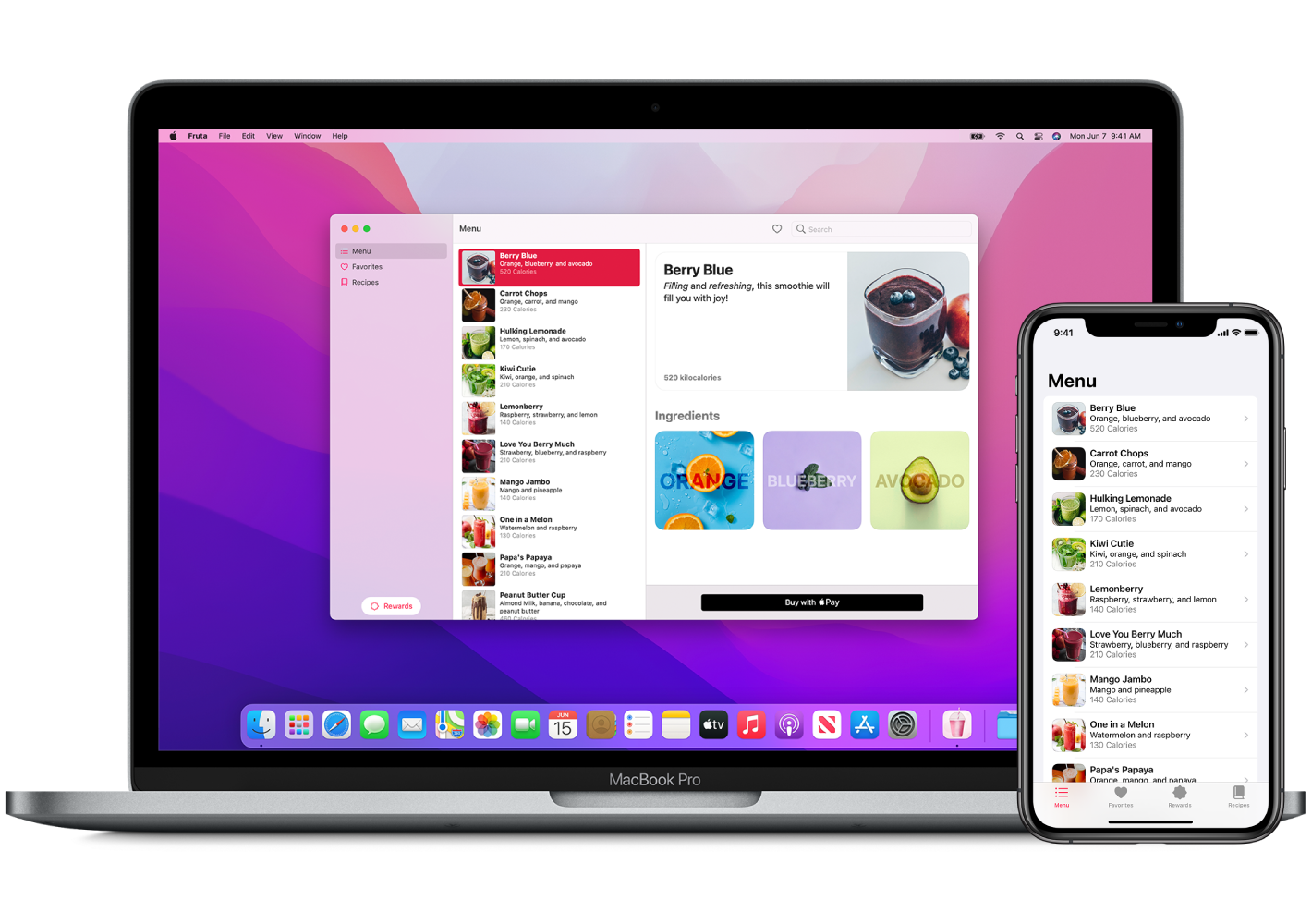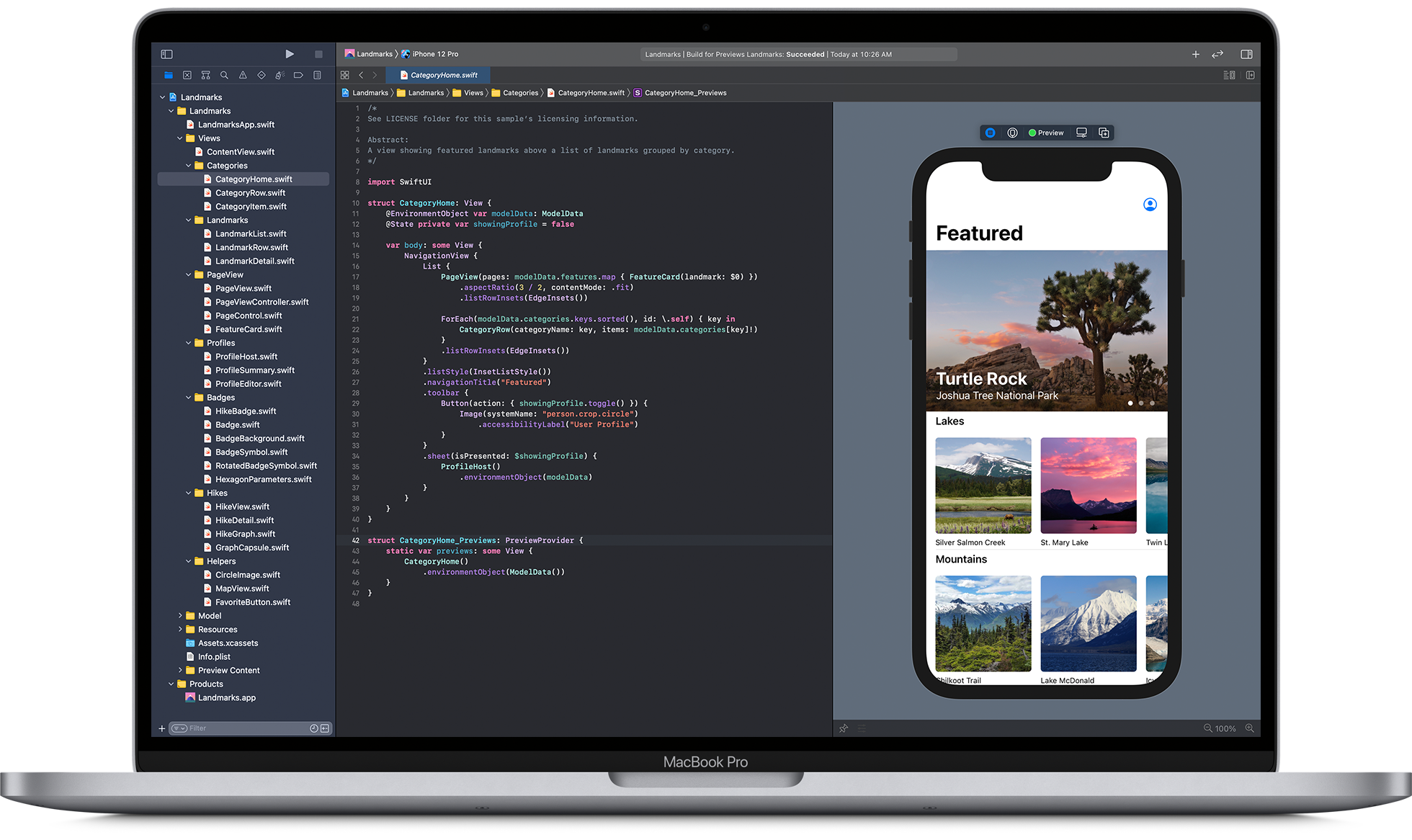Generic coding is all about creating reusable code snippets that save you time and help you streamline your development process. If you’re not familiar with generic coding, now may be the time to learn more about it. In this blog post, we will introduce you to the basics of generic coding and show you how it can help you speed up your development process. We will also provide a few example codes that you can use in your own projects.
What is Swift Generic Coding?
Swift Generic Coding is a programming language that is designed for developing efficient and reusable code. Swift Generic Coding allows developers to create code that can be used in multiple scenarios without having to change the code. This makes it a great choice for when you want to develop code quickly and without worrying about specific scenarios.
How Swift Generic Coding Works?
Swift Generic Coding is a coding style that makes your code more generic. It helps you to write code that you can use in many different situations.
In this article, we will discuss the basics of Swift Generic Coding and how it can help you write better code. We will also show you an example project that uses Swift Generic Coding.
What are the Advantages of Swift Generic Coding?
Swift is a new language that was developed by Apple Inc. It is a powerful and concise programming language designed for iOS and MacOS operating systems. Swift generic coding allows developers to write code that you can use for multiple purposes without having to learn different syntaxes.
One of the primary benefits of employing Swift Generic Coding is its ability to facilitate the creation of reusable code. Developers can craft versatile code that is applicable across various applications without the need for constant rewriting. This significantly enhances efficiency and consistency in the development process. This also makes it possible to reuse existing code, which saves time and effort.
Another advantage of using Swift Generic Coding is that it makes it easy for developers to work with data structures and algorithms. The language is based on Objects-Oriented Programming (OOP) principles, which means that developers can create flexible and efficient codes without having to learn complex syntaxes or concepts.
What are the Disadvantages of Swift Generic Coding?
There are a few disadvantages of using generic coding in Swift. First, you need to be careful not to overuse generics, as this can lead to code that is harder to read and maintain. Second, it can be difficult to find the right type for a particular function or variable, since you may have to use a generic parameter multiple times. Lastly, should you need to transfer your code to a different language or platform, you will have to rewrite it in a way that is more tailored to that specific environment.
Conclusion
Swift Generic Coding is an important and necessary skill for any programmer. In this article, we have tried to introduce you to the basics of generic coding and give you a few tips on how to start learning it. By following these guidelines, you can improve your development skills quickly and effectively. At some point, you’ll find it necessary to write generic code. Therefore, it’s important to start familiarizing yourself with this concept now!
FAQs
1. What are generics in Swift?
Generics are one of the most powerful features in Swift, allowing you to write flexible, reusable functions and types that can work with any data type. They enable you to avoid duplication and express intentions in a clear, abstract way, without losing the safety and performance of Swift.
2. How do you create a generic function in Swift?
A generic function can be created by including a placeholder type name inside angle brackets (< and >) after the function’s name. The placeholder type name doesn’t specify what the actual type must be, but it does specify that both parameters must be of the same type T, whatever T represents. The actual type to use in place of T is determined each time the function is called. Example:
func swapValues<T>(_ a: inout T, _ b: inout T) {
let temporaryA = a
a = b
b = temporaryA
}
3. What is a type parameter in Swift generics?
In Swift generics, a type parameter is a placeholder for a specific type that the function or type will work with. It’s specified within angle brackets after the name of the generic function or type and is used within the body of the function or type to refer to the type.
4. How do generics work with Swift collections?
Swift’s Array and Dictionary types are both generic collections. You can create an array that is capable of storing values of any specific type, e.g., Array<Int> or Array<String>. Similarly, dictionaries use generics to allow for keys and values of any specified type, enhancing flexibility and type safety.
5. Can you extend a generic type in Swift?
Yes, you can extend a generic type in Swift. When extending a generic type, you do not provide a type parameter list as part of the extension’s definition. Instead, the definition of the original type’s type parameters is available within the body of the extension, and the original type parameters’ names are used to refer to the parameters of the original type definition.
6. What are generic type constraints in Swift?
Generic type constraints specify that a type parameter must inherit from a specific class or conform to a particular protocol or protocol composition. For instance, if you want to write a function that operates on types that conform to the Equatable protocol, you can write a type constraint that requires the type parameter to conform to Equatable.
7. How can generics improve software development in Swift?
Generics can significantly improve your Swift development experience by allowing you to write more abstract, flexible, and reusable code. This can lead to fewer bugs, as you can work with types in a way that is both safe and efficient. Generics also help reduce redundancy in your codebase, making your code cleaner and more understandable.





